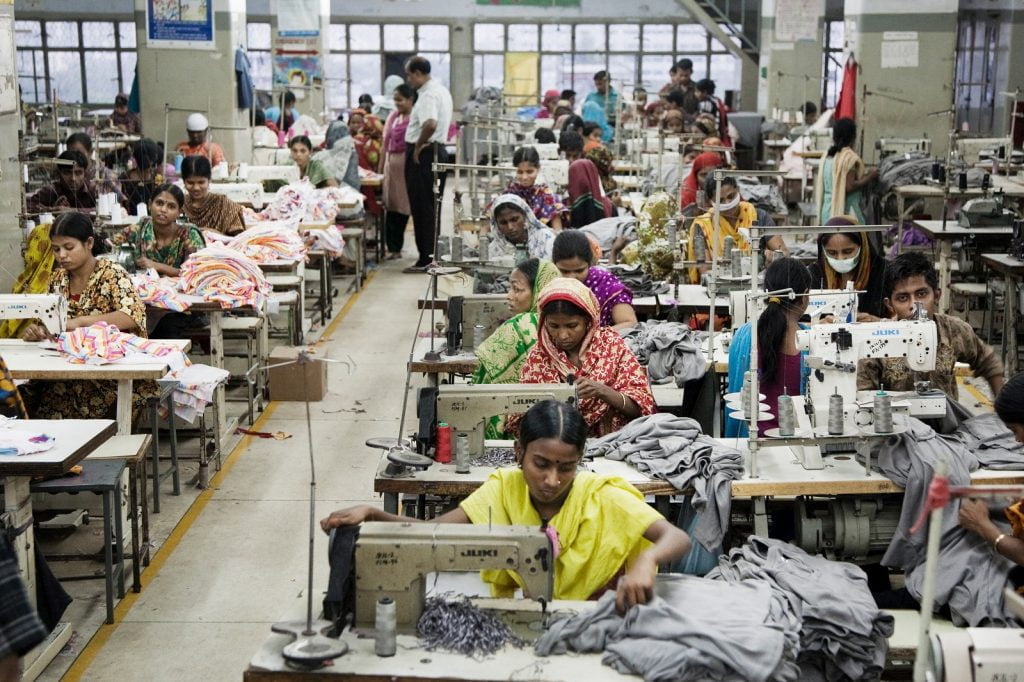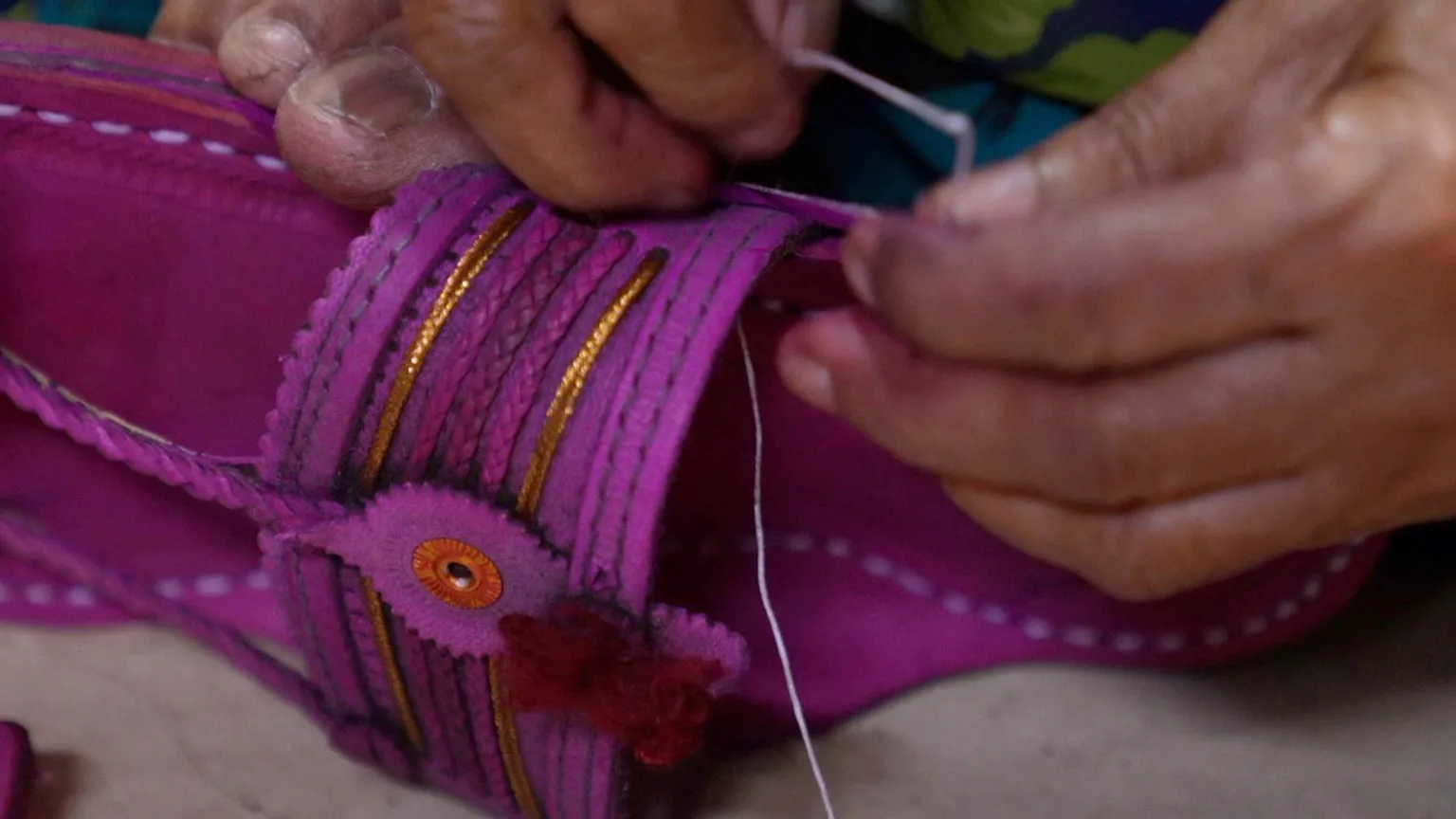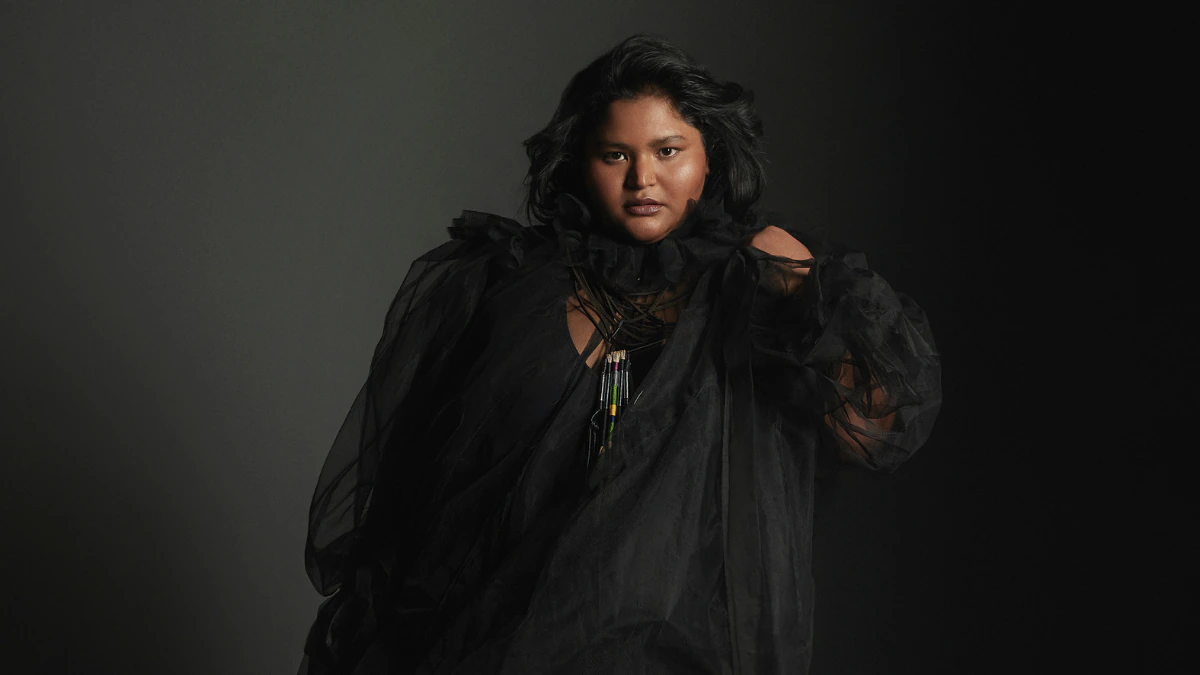Editor’s Note: This month, that is July 2020, FII’s #MoodOfTheMonth is Feminism And Body Image, where we invite various articles about the diverse range of experiences which we often confront, with respect to our bodies in private or public spaces, or both. If you’d like to share your article, email us at pragya@feminisminindia.com.
It is a hot July day in 2015 and I had a super important decision to make—what to wear?
And what follows is the complex brain calculation of what top looks good with what bottom? What is ironed? What is comfortable in that season, if I am on a period or expecting it? Do I have to go elsewhere after work? Is there an important meeting?—and all those answers should align with what you ‘feel’ like wearing—within a matter of minutes!
I finally picked out a blue ikat dress, which I got stitched from a family tailor from India. That day at work, along with the usual, “Good morning, Mana!” came the surprised “wows!” conveyed through raised eyes and head turns. I felt like I was walking on a runway—now for some, it might be the best feeling in the world, but this felt awkward. That was not the only time I have worn Indian-ish outfit to work. But that day, I carefully observed the reactions for the first time.
A female professional outfit till date is typically a crisp button-up shirt paired with a well-fitted skirt or sharp pointy pants with a blazer on top, hosiery and close-toe shoes with pointy heels. This Eurocentric work aesthetic wants to define the female body into shape – like the A-line, the hourglass, a figure of eight, etc. Such symmetry allows for the restriction of physical space taken up by an individual, especially women. The colour palette is muted with hues of black, white, brown, grey and other conservative shades of blue, green etc.—any colours other than that and women become a ‘distraction’ at the workplace.
Over the years, I have heard some comments like, “Wow that’s colourful!”, “Is that what you wear in India?”, “Great mid-week casual outfit, hey?!”, “Looks like a date-night outfit Mana, beautiful.” I have also been approached in a store and an older lady touched my dress and complimented me. It was a subtle way of saying, “You look so exotic!”
On the surface, these statements look harmless, but the word ‘exotic’ means of a far-away foreign land, someone who is out of the ordinary, different looking, for a person of colour especially an immigrant, it loosely translates to you don’t belong here.
According to the Atlantic, until mid-17th century, commoners in Britain were prevented from wearing certain colours and fabrics like royal purple, fine furs and silk. From three-piece suits to more relaxed lounge-suit jackets, menswear at work evolved into a less formal version. However, a female professional outfit till date is typically a crisp button-up shirt paired with a well-fitted skirt or sharp pointy pants with a blazer on top, hosiery and close-toe shoes with pointy heels. This Eurocentric work aesthetic wants to define the female body into shape – like the A-line, the hourglass, a figure of eight, etc. Such symmetry allows for the restriction of physical space taken up by an individual, especially women.
The colour palette is muted with hues of black, white, brown, grey and other conservative shades of blue, green etc.—any colours other than that and women become a ‘distraction’ at the workplace. Unfortunately, a kurta, a saree or a kimono takes that structural composition away. Traditionally, these clothes are beautifully patterned and come in a variety of colours, in many natural fabrics, hand-made, and made to last long—the antithesis of fashion in American workplace which is made of synthetic fabrics, and poorly made, so that consumers are lured to buy more, machine-made. Just one look at the work-clothes section at H&M and you will see the difference in colour palettes.
To understand the patriarchal roots of modern work culture, we may need to turn to the history of participation of women in the workplace.
During world war II, because many men were at war, women at the home-front, successfully took up all-male jobs. Proving they could do most of the ‘male’ jobs with efficiency, many women wanted to continue working. However, they pushed the pre-war domestic life. Men wanted women to adhere to the gender roles. The patriarchal idiosyncrasies of American culture at the time carried through to the office culture. Hence, to be taken seriously, women at the workplace started muting colours, wore more structured clothing.
Many of us over the years, have developed a “workplace persona”, almost an alternative identity which is malleable at command – we can be docile, non-confrontational, cheerful, quiet, obedient, pretty and almost anything that we need to get by in this all male world. Females reading this, probably can relate to, when you had to dial-down your emotions or would get asked, or (worst) assumed, that you are on your period! Women are constantly reminded of the space they take up, even if it is through their voice of confidence labelled as “too loud”. My mentor was once asked to be more “stoic” as part of feedback on her performance review!
Women’s clothing is intricately connected to years of body shaming as we are constantly made unhappy with our bodies and hence, we try to achieve the thin silhouette which is rooted in white supremacy and diet culture. Thus, making it abnormal to see a voluptuous person of colour in clothing from their country walking confidently in a meeting and leading it with candour. It highlights everything that is wrong with American society. It is amusing how a proudly individualistic society fails to celebrate diversity!
With women still jumping the capitalistic, colonial, and patriarchal hoops every day, how will we ever overcome the glass-ceiling?
As women, we diligently wear mono-tone clothing trying to draw attention to our real hard-work and not look too pretty or too bossy or too confident. Ahh, the number of times women’s success is attributed to anything but her actual intelligence and work!
Many of us over the years, have developed a “workplace persona”, almost an alternative identity which is malleable at command – we can be docile, non-confrontational, cheerful, quiet, obedient, pretty and almost anything that we need to get by in this all male world. Females reading this, probably can relate to, when you had to dial-down your emotions or would get asked, or (worst) assumed, that you are on your period!
From an Indian immigrant perspective, most of us (thanks to our colonial history) have tried our best to be assimilated in this North American culture. Many of us ladies, accompanying our partners to live a “free” American life, try our hardest to blend-in. Be it fear of standing out too much or being too Indian, we quickly adorn the clothing that white Canadians or Americans wear. That dupatta, saree, kurta gets stowed away carefully, in a suitcase or a basement closet, only to be opened during festivals.

Rolling our “r” and extending our “aa”s, we try so hard to be more American/Canadian/Australian! So, we get dressed like Jane Doe—muted our “mango-yellow” persona to “heather grey” along with our accent, tone, volume, and emotions. With an aim to blend-in instantly, the day I accepted my first job in Canada, I ran to the mall to stock up on nylons, skirts, camisoles, cardigans and some winter boots in tan. With money still on a travel card, Old Navy and H & M seemed my best friend with sale-on-sale!
Also read: Negotiating In The workplace: 5 Tips That Work For Women
Fast fashion means the clothing that is produced in large quantities with low-quality fabrics which are generally a mock version of run-way fashion, often produced in the poorest of working conditions in South-East Asia by women and men earning less than the daily wage for the orders from big retailers.
Celine Seeman, Designer, Writer, Advocate and Founder of the Slow Factory foundation once conducted an Instagram poll on how many people wore fast-fashion to their first day of work and were ashamed of it? A whopping 62% responded with “yes”! Immigrants battle this identity politics of colonial pasts through fast fashion. Like Dr Vandana Shiva defines these as “fake cheap” clothing—meaning they may be priced at $10 a shirt but the real price is paid by the people who make them and the environment in which it is made.

Image Source: Green America
These sale “deals” by fast fashion giants offer vulnerable immigrants an “in” into the American culture. Clothes often made in the Global South (refers broadly to the regions of Latin America, Asia, Africa, and Oceania) by my own people, often deprived of clean water, decent working conditions, and a living wage – sew the cardigan that will keep me warm in an office that fundamentally designed by a white man for a white man. How cruel and filthy is this system that makes us immigrants sponsor the oppression and exploitation of our kind and land? Selling us low-quality, trendy clothes, made by pillaging resources from our own country, fast fashion hits all the pain points in my immigrant heart.
Also read: How You Can Build Better Workplaces
Colonialism is responsible for many intergenerational issues across the globe, and it certainly was the most lethal tool to control women’s bodies and minds. Capitalism is one of the tools that colonists used to accumulate wealth and pillage cultures that lived in harmony with nature and themselves. Today’s intersectional feminism must uproot and expose these colonial bases on which female bodies are judged on.
Manashri Shejwalkar is a climate activist and sustainability professional. With a mechanical engineering degree and Master of Science degree in Sustainable Energy Development from the University of Calgary, she is committed to exploring holistic solutions to complex environmental problems. Manashri is a detail-oriented, collaborative researcher with inquisitive attitude. A strong believer in grass-root level movements, she has been a leader in local non-profit organisation and bringing together public interested in sustainable ways of living. Manashri’s key areas of interest and research are feminism, food, colonialism, culture, climate and social justice. You can find her on Instagram.
Featured Image Source: GHD Hair




